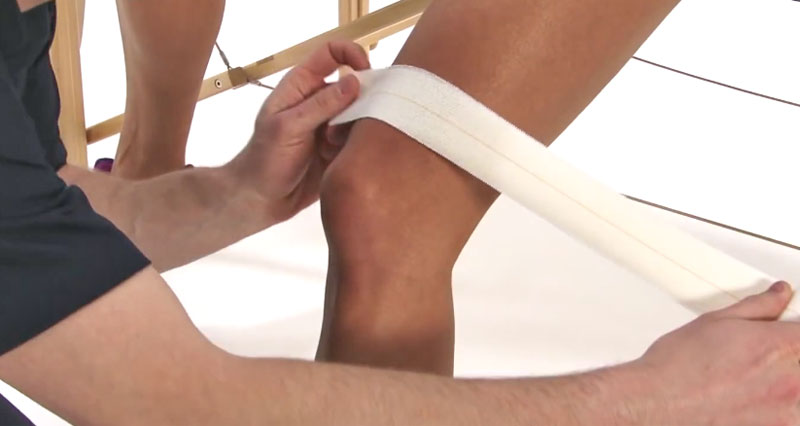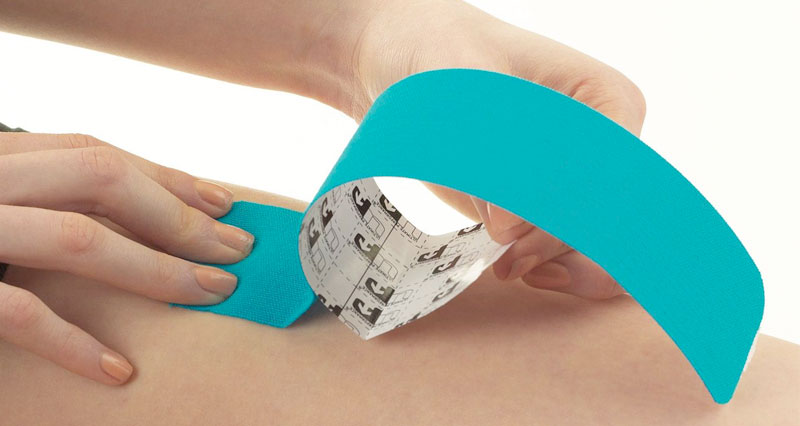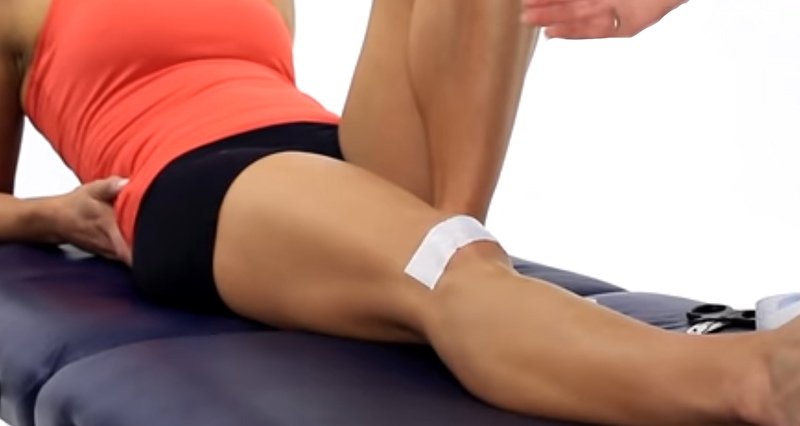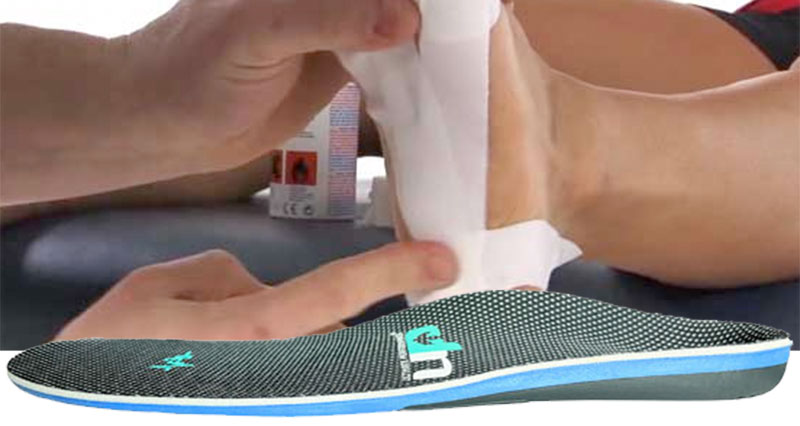Here are a few specific examples of studies on kinesiology taping, along with summaries of their findings. The effectiveness of kinesiology tape varies depending on the specific condition, application technique, and individual factors. These studies represent a range of research in this field:
Kinesiology Taping for Patellofemoral Pain Syndrome
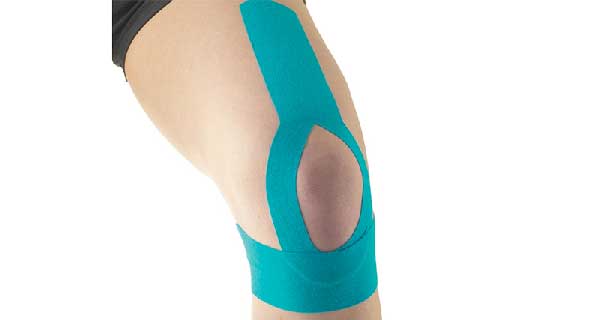
K-tape helps control the position of the patella (kneecap). With Patellofemoral pain syndrome, the patella often moves laterally or outwards too much as the knee bends. As a result, it rubs on the bone underneath instead of tracking naturally in the groove of the femur (thigh bone). Kinesiology tape helps pull the patella medially or inwards, reducing pain.
Study: A 2016 systematic review and meta-analysis published in the journal “Physical Therapy in Sport.”
Findings: The review examined the use of kinesiology taping in individuals with patellofemoral pain syndrome (PFPS) and found that it may provide short-term pain relief and functional improvement. However, the authors noted that the quality of evidence was generally low, and more high-quality studies were needed.
Kinesiology Taping for Rotator Cuff Tendinopathy
Kinesiology tape can protect the joint by restricting unwanted movement, but also can activate or deactivate muscles depending on the treatment outcomes required.
Study: A 2016 randomized controlled trial published in the “Journal of Shoulder and Elbow Surgery.”
Findings: The study investigated the effects of kinesiology taping in patients with rotator cuff tendinopathy. The researchers found that kinesiology tape provided short-term improvements in pain and shoulder function compared to a placebo tape. However, the long-term benefits were not as clear.
Kinesiology Taping for Acute Ankle Sprains
Kinesiology tape like any other tape is great for protecting the ankle and restricting unwanted sideways movement following injury.
Study: A 2017 study published in the “Journal of Sport Rehabilitation.”
Findings: This study assessed the effects of kinesiology taping on pain and functional outcomes in individuals with acute ankle sprains. The results showed that kinesiology tape provided some immediate pain relief and improved ankle range of motion compared to a placebo tape.
Kinesiology Taping and Muscle Strength
Study: A 2019 systematic review and meta-analysis published in the “Journal of Sports Science & Medicine.”
Findings: This review analyzed the effects of kinesiology taping on muscle strength and power. The findings suggested that kinesiology tape might have a small positive effect on muscle strength and power, particularly in specific muscle groups and under certain conditions. However, the clinical significance of these effects was debated.
Kinesiology Taping for Lower Back Pain
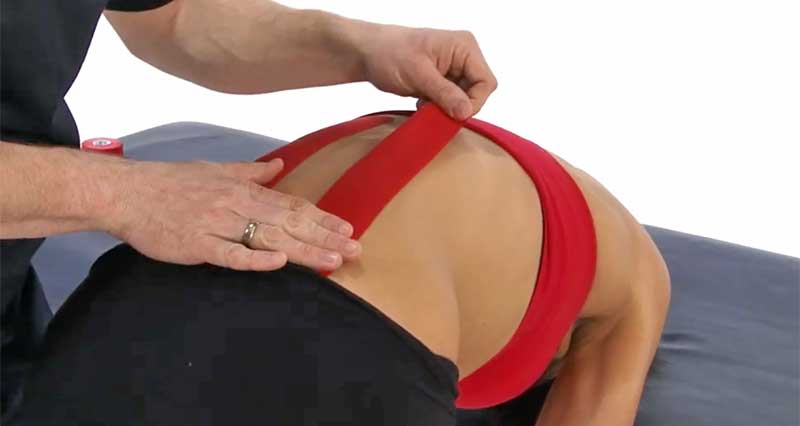
Study: A 2020 randomized controlled trial published in the “Journal of Clinical Medicine.”
Findings: This study investigated the use of kinesiology taping in individuals with chronic lower back pain. The researchers found that kinesiology tape for the back, when combined with exercise, provided significant improvements in pain intensity, disability, and quality of life compared to exercise alone.
These studies represent a selection of research on kinesiology taping, and there are many more studies available in scientific literature. It’s important to note that while some studies suggest potential benefits, the overall evidence for kinesiology tape remains mixed, and more high-quality research is needed to establish its effectiveness for various conditions and applications. Individual responses to kinesiology tape can vary, and it is often used as part of a comprehensive treatment plan under the guidance of healthcare professionals.

